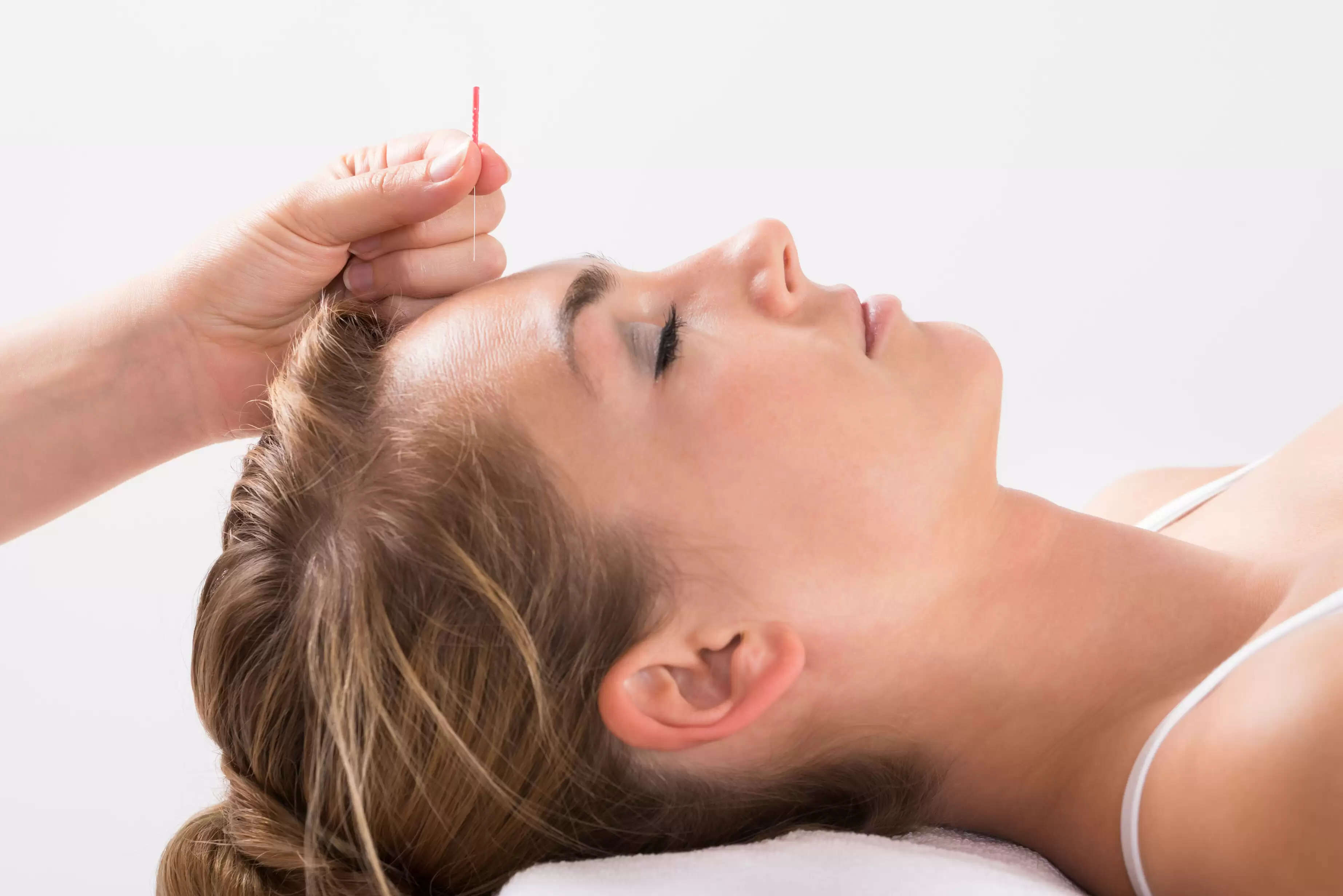Understanding The Healing Power Of This Traditional Chinese Medicine Practice

We live in a world where the field of medicine has witnessed huge advancements in recent decades. However, there are still various ancient healing practices that continue to be popular among the people who seek alternative approaches to health wellness. Among such ancient practices is a therapeutic technique rooted in traditional Chinese medicine called Acupuncture. In recent years, acupuncture has gained popularity as a holistic method for promoting physical and mental well-being.
What is Acupuncture?
Acupuncture, a practice rooted in traditional Chinese medicine (TCM), involves the insertion of thin needles into specific points on the body. Unlike injections, these needles do not contain any medication and are typically left in place for a period of 15 to 30 minutes.
It is believed that these points on the body are connected to energy pathways, or meridians. When the needles are inserted, they are thought to help to balance the flow of energy and improve the body's overall health.
Acupuncture is believed to work by stimulating the body's natural healing abilities. It has been used to treat a wide range of conditions, including pain, nausea, anxiety, depression, and infertility.
Acupuncture: How does it work?
Acupuncture operates on the principle that the body contains channels called meridians through which energy, or qi, flows. When this energy becomes imbalanced or obstructed, it can lead to physical or emotional ailments. The body is believed to contain 361 acupuncture points through which one can access the meridians and energy flows. By skillfully inserting needles into these points and using suitable combinations, it is possible to restore balance to the energy flow. Modern scientific research suggests that acupuncture stimulates the release of endorphins, neurotransmitters that promote pain relief and overall well-being. It also influences the autonomic nervous system, regulating bodily functions such as blood pressure and digestion.
Procedure
During acupuncture treatment, the following procedures are involved:
- Needle Insertion - Acupuncture involves the insertion of thin needles at specific points on your body. The needles are so fine that their insertion typically causes minimal discomfort or is even unnoticed. A typical session may involve the use of 5 to 20 needles. When a needle reaches the appropriate depth, you might experience a mild, achy sensation.
- Needle Manipulation - After the needles are inserted, your practitioner may gently manipulate or twirl them. They might also apply heat or use mild electrical pulses on the needles for therapeutic purposes.
- Needle Removal - The needles generally remain in place for around 10 to 15 minutes while you lie comfortably and relax. When it's time to remove the needles, you typically experience little to no discomfort.
Applications of Acupuncture
Acupuncture is known for its wide range of applications. It is believed to address both physical and psychological conditions. As an alternative to medications or invasive procedures, chronic pain sufferers often turn to acupuncture. Studies have shown its effectiveness in treating conditions such as back pain, migraines, osteoarthritis, and fibromyalgia. Moreover, acupuncture is now widely acknowledged as a complementary treatment for mental health conditions, such as anxiety, depression, and post-traumatic stress disorder (PTSD). The practice's capacity to induce relaxation and restore harmony within the body is thought to exert a significant influence on emotional welfare.
Benefits of Acupuncture
Acupuncture is a holistic healing alternative. It is believed to target the root causes of ailments rather than merely alleviating symptoms and offers long-lasting benefits. Many patients suffering from chronic pain have reported significant relief after acupuncture sessions. Additionally, acupuncture has been shown to improve sleep quality, boost immune function, and enhance mental clarity. It can also serve as a valuable complement to other treatment options, increasing their effectiveness and reducing side effects.
Risks associated with Acupuncture
Acupuncture is generally considered safe, however, there are certain potential risks involved that need to be acknowledged. The most common side effects include temporary soreness or bruising at the needle insertion sites. However, the risk of infection exists if proper sterilisation procedures are not followed. It is crucial to seek treatment from a qualified and licensed acupuncturist who adheres to stringent hygiene practices. Using unsterilized needles during acupuncture can potentially result in infections. In rare instances, a needle may break, leading to internal organ damage.
Conclusion
Acupuncture offers a natural and holistic approach to healing. With its roots deeply embedded in ancient traditions, acupuncture has stood the test of time and gained recognition as a viable therapeutic option. From pain management to mental well-being, its versatile applications make it an attractive choice for those seeking alternative solutions. If you are considering acupuncture, it is important to talk to your doctor first. Acupuncture is not a substitute for medical care, and it is important to rule out any underlying medical conditions before starting treatment.
Disclaimer: The above content is for informational purposes only and should not be used as a substitute for the advice of a qualified physician or doctor. The Company does not vouch for or endorse any of the above content, and disclaims any and all warranties, express or implied, relating to the same..png)